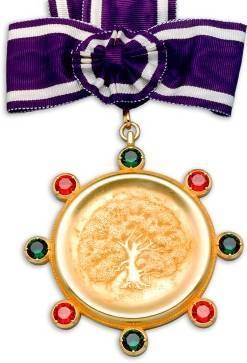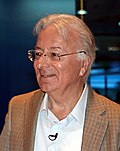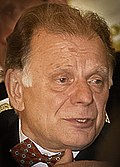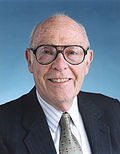| Year | Laureate | Country | |
|---|
| 1988 |  | John McCarthy |  United States United States | 1927–2011 | Fundamental Contribution to the Field of Artificial Intelligence and the Invention of LISP, a Programming Language [38] |
| 1992 |  | Maurice Vincent Wilkes |  United Kingdom United Kingdom | 1913–2010 | Building and Designing the First Practical Stored Program Computer and Pioneering Studies of Computer Architecture [39] |
| 1996 |  | Donald Ervin Knuth |  United States United States | born 1938 | Outstanding Contribution to Various Fields of the Computer Science Ranging from the Art of Computer Programming to the Development of Epoch-Making Electronic Publishing Tools [40] |
| 2000 |  | Antony Hoare |  United Kingdom United Kingdom | born 1934 | Pioneering and Fundamental Contributions to the Progress of Software Science [41] |
| 2004 |  | Alan Curtis Kay |  United States United States | born 1940 | Creation of the concept of modern personal computing and contribution to its realization [42] |
| 2008 |  | Richard M. Karp |  United States United States | born 1935 | Fundamental Contributions to the Development of the Theory of Computational Complexity [43] |
| 2012 |  | Ivan Edward Sutherland |  United States United States | born 1938 | Pioneering Achievements in the Development of Computer Graphics and Interactive Interfaces [44] |
| 2016 |  | Takeo Kanade |  Japan Japan | born 1945 | Pioneering Contributions, both Theoretical and Practical, to Computer Vision and Robotics [45] |
| 2020 | No award because of COVID-19 pandemic |
| 2021 |  | Andrew Chi-Chih Yao |  China China | born 1946 | Pioneering Contributions to a New Theory of Computation and Communication and a Fundamental Theory for its Security. [46] |
| 2025 | 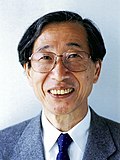 | Shun-ichi Amari |  Japan Japan | born 1936 | Pioneering Contributions to Opening Up Theoretical Foundations of Artificial Intelligence and Establishment of Information Geometry. [47] |
